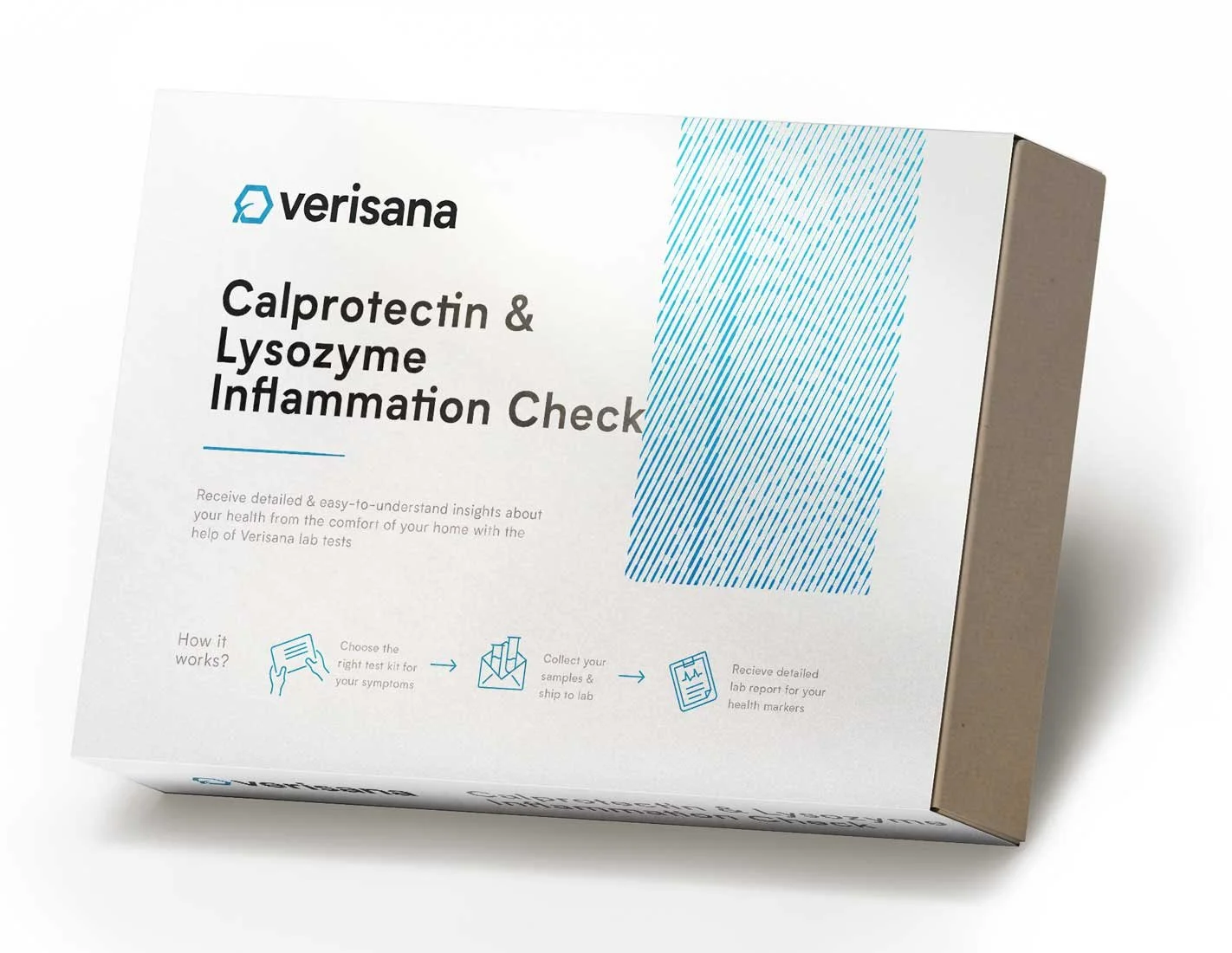HEALTH TESTS
Testing orders are available to everyone. You do NOT need to be a current patient to purchase tests.
You will be asked to fill out a patient form at checkout which will give us more information on your current diet and lifestyle, health concerns, current medications and supplement intake.
If you wish to purchase multiple tests for people in the same household please add quantity as 1 for each test so that individual patient forms can be completed. You can keep adding multiple tests to the same basket as long as patients reside at the same address. For multiple tests for the same patient you only need to complete the patient form once.
We work with a number of labs across the world including : Doctor’s Data Inc, Great Plains / Mosaic Laboratory, The London Clinic, Lifecode GX, The Doctors Laboratory, QuinTron, Precision Analytical, Immunosciences Labs & Verisana. If you require a test not listed here or advice on which test is best for you, please email info@mybodyfabulous.co.uk
Delivery is now available internationally, select your country at checkout. UK orders received by 2pm Mon-Fri are normally shipped via Royal Mail or courier service the same day.
Standard Gut Flora & Biome Stool Analysis Test
Standard Gut Flora & Biome Stool Analysis Test
This test is only available for UK & European delivery.
Included in the cost of your test is advice, interpretation and support from our functional medicine team on your results.
You will be asked to fill out a patient form at checkout which will give us more information on your symptoms, current medications and supplement intake.
Symptoms the Gut Flora & Biome Test is suitable for:
Chronic diseases
Increased susceptibility for infection
Flatulence
Diarrhea
Nausea
Fungal diseases
Stomach pain
Overweight
Vitamine deficiency
Migraine
Dermatosis
Sleeping disorders
Free mouth swab included for oral yeast check
This stool collection kit is couriered to you via DHL, with instructions for use at home, note UK orders must pay for return UK postage to London. Results take 2-3 weeks and reports are sent via email along with our recommendations.
Suitable for all ages
Gut flora is the complex community of microorganisms that live in the digestive tracts of humans and animals. The healthier and more balanced our gut flora is, the healthier we are. A disturbed gut flora, however, can be the cause of many conditions including, IBS, acne, allergies, autoimmune diseases, frequent infections and rheumatism. Above all, frequent intake of antibiotics damage the gut flora sustainability.
The microbiome testing labs we use are based in Germany.
The test analyses the values of the following:
- Escherichia coli
Escherichia coli (E. coli) is a minority member of the gut microbiome, but a very important one. E. coli bacteria normally live in the intestines of healthy people and stimulates the intestinal immune system. It aids digestion and protects us from other harmful microbes. E. coli ferments to produce folic acid, vitamin K2 (this protects against osteoporosis) and Co-enzyme Q10 (essential for mitochondrial function). If there are low counts of E-coli, one can expect problems like osteoporosis and bone problems, mitochondrial function, low mood and poor gut motility. Increased E. coli indicates putrefaction in the intestine and may burden the body with metabolic toxins. Potential causes may be reduced immunity of the intestinal mucosa, low counts of bifidobacteria or excess supply of protein.
- Proteus
Proteus species are most commonly found as part of normal human intestinal flora, along with Escherichia coli and Klebsiella species. Proteus is also found in multiple environmental habitats, including long-term care facilities and hospitals. As a particularly active proteolytic germ, proteus can burden the body considerably through its metabolic toxins.
- Citerobacter
Citrobacter is a rod belonging to the Enterobacteriaceae family. It is considered an opportunistic pathogen and therefore can be found in the gut as part of the normal flora. Citrobacter are also commonly found in water, soil and food and may be spread by person-to person contact.
- Klebsiella
Klebsiella is a bacterium, which belongs to the Enterobacteriaceae family. Klebsiella can be found in the gastrointestinal tract of humans. Klebsiella overgrowth is commonly asymtomatic. Some strains of Klebsiella may cause diarrhea and some are enterotoxigenic. A low-starch diet may be helpful if high levels of Klebsiella are present.
- Other enterobacteriaceae
Increased enterobacteriaceae indicate disturbances of the intestinal flora, malnutrition or digestive insufficiencies. A larger amount of these bacteria does not belong in the normal intestinal flora. Their multiplication often results from past antibioses.
- Enterococci
Decreased Enterococci in the stool indicates disturbances in balance of the intestinal flora. Enterococci produce short-chain fatty acids during the carbohydrate utilisation, which contributes to the acidification and stabilisation of the intestinal environment. As an important contribution to the intestinal milieu, they produce bacteriostatic substances.
- Pseudomonas
Pseudomonas can be found in water and soil as well as fruits ans vegetables. A common source of infection is bottled water, but increased Pseudonomas may also be due to an earlier antibiotic therapy.
- Bacteroides
Bacteroides is the most abundant bacteria in the microflora, which allows us to digest soluble fibre and make short chain fatty acids. Decreased bacteroides indicate a lowered resistence to pathogenic species (such as salmonella, shigella and clostridia).
- Bifidobacteria
Bifidobacteria make up a significant portion of the human gut flora. Along with Lactobacillia and Enterococci, Bifidobacteria control potentially pathogenic organisms and stimulate the intestinal immune system (GALT). Bifidobacteria metabolize carbohydrates only. By doing so, they produce short chain fatty acids, which adidify the intestine and couteract pathogenic organisms. Decreased Bifidobacteria indicate deficiencies in colonisation resistance, putrefaction in the intestine and can promote constipation.
- Lactobacilli
Lactobacilli is a lactic acid forming bacteria, which produces large amounts of short chain fatty acids (SCFA). SCFAs lower the intestinal pH and thereby make the evironment alkaline and unsuitable for microbial pathogens (e.g. yeast). In addition, Lactobacilli secrete antifungal and antimicrobial agents. Decreased Lactobacilli indicate disturbances of the intestinal flora.
- Clostridia
Clostridia are prevalent flora in a healthy intestine. As clostirida produce gases it may cause flatulence. Increased Clostridia indicates putrefaction in the intestine and may burden the body with metabolic toxins. Increased clostridia are often found in older people due to changes in their nutrition. Clostridium difficile and Clostridium perfringens are one cause of antibiotic-associated diarrhea.
- pH-Value
Fecal pH is influenced by numerous factors, but is largely dependet on the fermentation of fiber by the beneficial flora of the gut. With a balanced diet the fecal pH should lie between 6,2 and 6,8. Acid fecal pH indicates disorders of intestinal ecology. An alkaline fecal pH indicated an imbalanced intestine flora. It is possible that proteolytic putrefactive germs are predominant, which raise the fecal pH through alkaline metabolites (e.g. due to a high-protein diet).
- Candida albicans
The genus Candida is comprised of approximately 200 different species. Candida albicans is the most common strain of them. It is a normal part of the gut flora and most people have some level of Candida albicans in their intestines. But a combination of factors can lead to an overgrowth, which then leads to several undesirable symptoms including fatigue, weight gain, joint pain, and gas.
- Candida spec.
Increased candida species indicates deficiancies in colonisation resitance, disturbances of the intestinal flora and or a defect mucosa. Candida species may burden the body with toxic metabolites. Some patients respont to even low rates of yeast overgrowth.
- Geotrichum candidum
Geotrichum candidum belongs to the Endomyceteaceae family. This organism can be found in soil, dairy products and in human skin and mucosae. Symptoms of Geotrichum infection have been associated with diarrhea and enteritis.
- Yeast
An infection with yeasts can have many reasons. Possible causes are things like corticosteroid therapy, stress, diabetes, malnutrition or birth control pills. All of them weaken the immune system and a weakened immune system cannot control yeast or help you get rid of it. Antibiotics are also a common cause of yeast infection because they destroy the good bacteria that keep it under control.
Sample report can be found HERE







